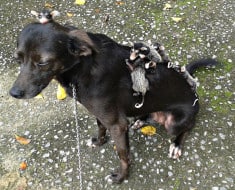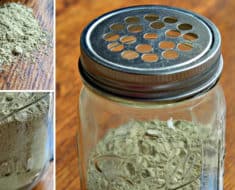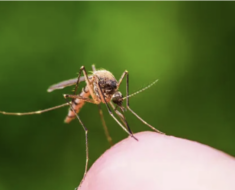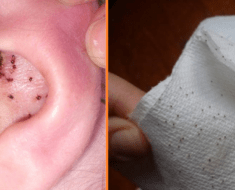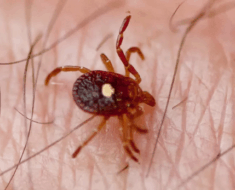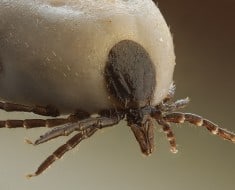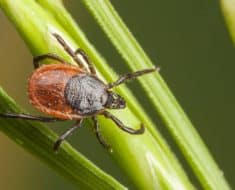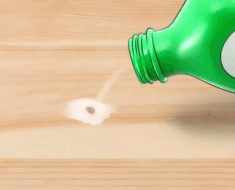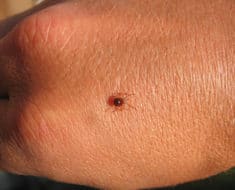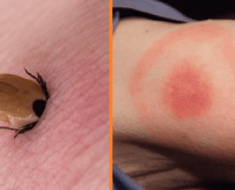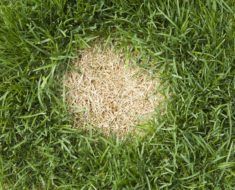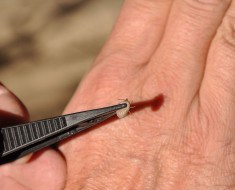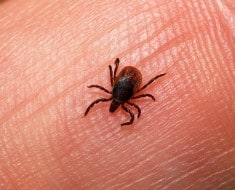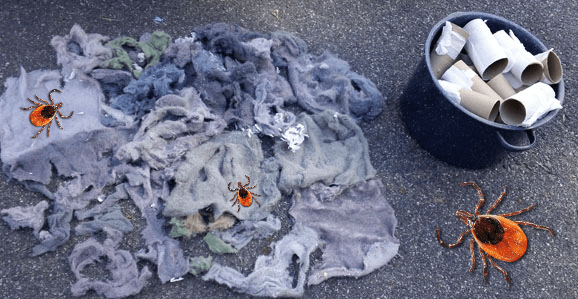
It’s that time of year again-when ticks start to invade backyards in an attempt to latch on to you and your pets.
Below, you will find out how to make your very own ‘Tick Tubes’, which can eliminate up to 90% of the tick population in your yard.
These ‘Tick Tubes’ use a product called Permethrin as the active and effective ingredient.
While deadly to ticks, a benefit of Permethrin is that it has low mammalian toxicity. That is, it’s not very toxic to humans and other mammals. In fact, a form of it is used to treat Scabies infections in humans.
Warning: Permethrin can kill honey bees, so do not use near blooming flowers.
Here is how to make the tubes. (The following helpful instructions are via practicalprimitive.com)
1. Begin saving your cardboard toilet paper tubes and dryer lint. (You can also use cotton balls, old cotton batting from inside pillows or cushions, or other soft, fluffy, natural material that will degrade over time.)

practicalprimitive.com
2. Purchase a can of Permethrin insect spray. The most commonly found brands on store shelves are Repel and Sawyer, however permethrin can also be purchased at farm supply stores (where it is often much less expensive) as a treatment for horses. You want a spray that is no more than 0.5% permethrin and DOES NOT contain any DEET.
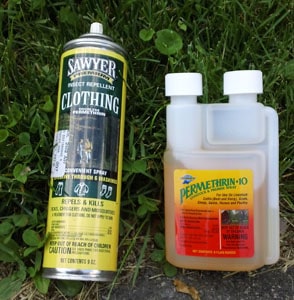
practicalprimitive.com
3. Select a well-ventilated outdoor area that is protected from wind and away from any blooming flowers that may be frequented by bees or other beneficial insects, and lay out your dryer lint. (We are using our driveway and have positioned ourselves so that a light breeze is blowing AWAY from the nearest grass.)
4. Hold the can about 6 – 8 inches from the lint and spray with a slow, sweeping back and forth motion to lightly moisten the entire surface of the lint pieces.
5. Continue spraying over the entire surface for approximately 60 seconds. You should notice that the outer surface of the lint is moist enough to have caused a slight color change.
6. Turn the material over and repeat steps 4 & 5 to treat the other side. (Wear gloves any time you are handling your material before the permethrin has completely dried.)
7. Hang the treated material and allow to dry for at least two hours (four hours under humid conditions) before proceeding to the next step. If you have no place to hang it, allow the lint to dry in place, then turn it over and dry the other side for a similar length of time.
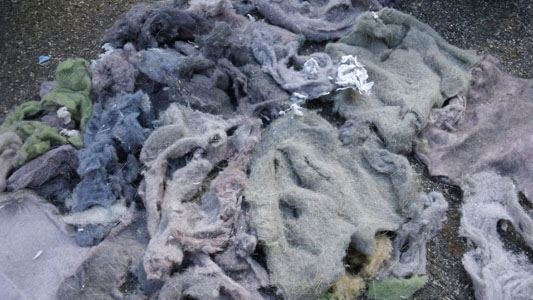
practicalprimitive.com
8. Once your lint is dry, stick a small amount into the center of each toilet paper tube. Enough to fill the middle third, leaving a couple of inches empty at each end.
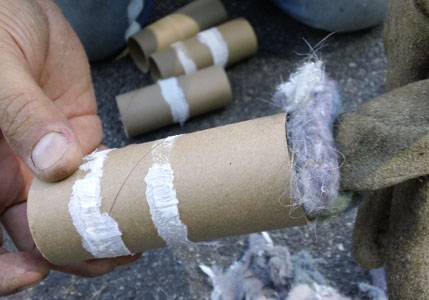
practicalprimitive.com
9. Fill all your tubes and store any extra lint in a bag to be re-sprayed next time.
10. Take your tubes and toss them out on the landscape in areas most likely to be frequented by mice, rats, chipmunks, squirrels and other rodents and small mammals. These tick hosts will pull out the treated dryer lint to use as “feathering” for their nests, where continued exposure to the permethrin will kill the larvae and nymph ticks, breaking or slowing their life-cycle in your immediate vicinity, while not harming the mammals that live in those nests.
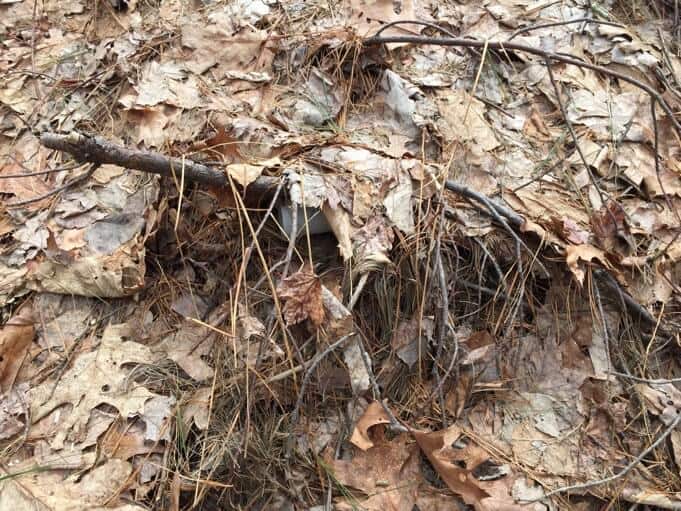
NOTE: As we quoted above, permethrin has a half-life of just over one month, meaning that within less than 6 months it will degrade to less than 2% of it’s original amount and leaves little to no long-term residue. This also means that in order for your tick tubes to have the desired effect, you will need to gather and re-fill your toilet tubes, or distribute new ones, every few weeks from spring to late-fall. Once the snow begins, gather any of the tubes you can still find and wait until spring to begin distributing your tick tubes once again. (You may also use short lengths of PCV pipe instead of toilet tubes, but as these will not biodegrade we recommend you paint them bright orange and map their placement so they can be easily found, and not left as litter on the landscape.)






